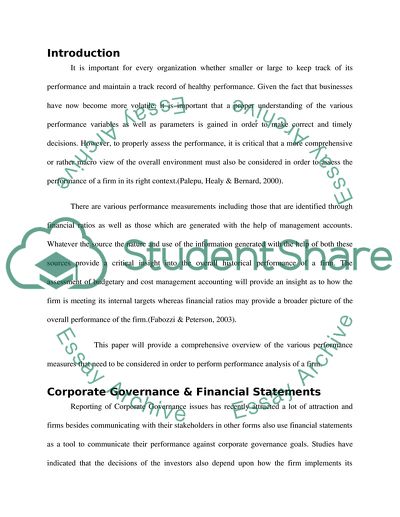Cite this document
(Corporate Governance and Financial Statements Coursework, n.d.)
Corporate Governance and Financial Statements Coursework. Retrieved from https://studentshare.org/finance-accounting/1567961-report-analyse-in-financial-management
Corporate Governance and Financial Statements Coursework. Retrieved from https://studentshare.org/finance-accounting/1567961-report-analyse-in-financial-management
(Corporate Governance and Financial Statements Coursework)
Corporate Governance and Financial Statements Coursework. https://studentshare.org/finance-accounting/1567961-report-analyse-in-financial-management.
Corporate Governance and Financial Statements Coursework. https://studentshare.org/finance-accounting/1567961-report-analyse-in-financial-management.
“Corporate Governance and Financial Statements Coursework”, n.d. https://studentshare.org/finance-accounting/1567961-report-analyse-in-financial-management.


